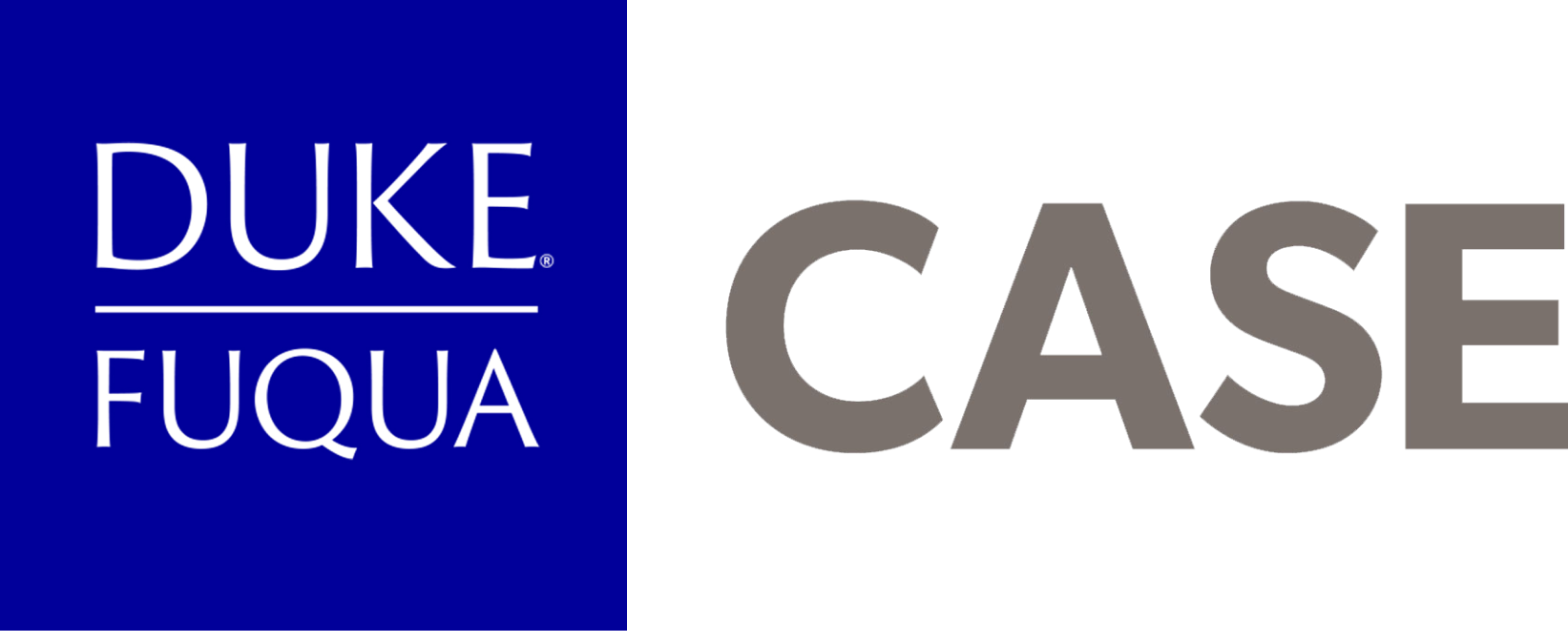November 2015
Meet Rokia. A little girl in Mali, Rokia’s family is extremely poor and often goes without food. Her family has difficulty affording basic needs such as healthcare and education.
Rokia isn’t real but the impact of her story is. In 2004, researchers at Carnegie Mellon University conducted a study to see what sorts of messaging compelled people to donate to a charity. Half the study participants were given the story of Rokia when considering a donation to Save the Children – they donated an average of $2.38. The other half was given a letter detailing the big picture statistics of poverty in Africa – they only donated an average of $1.14.
This was one of several examples given by CASE senior fellow Dan Heath during the latest CASE speaker event in which we explored the importance of delivering the right message when compelling people to action in the social sector. In order for an idea and a message to be successful, Dan argues, it needs to be one that is sticky.
Sticky ideas are ones that are understood, are remembered, and change something. The Rokia experiment exemplifies these three tenets concretely. While you understand the statistic that 3 million children in Malawi suffer from food shortages, you probably won’t remember it and it may make you feel like your small action cannot change that statistic. The story of Rokia, on the other hand, is easily understood, easily remembered, and therefore more likely to compel you to donate money to the cause.
As you think about the messaging for your own social venture, Dan challenged us to engage our audiences with these lessons in mind:
People care about individuals, not abstractions
Hearing stories about individual people or communities helps to make the problem “real” in our minds. Those messages work because they provide a face to the issue. Dan said that this is the “fundamental truth of social sector communications.”
Your messaging should be credible and emotional
Social sector leaders need messages that are emotional (the great story to highlight the individuals impacted by your work) and messages that are credible (the data that showcases the progress your organization is helping to make).The surprise, though, is that blending both may be ineffective. The Carnegie researchers found that when participants read both the Rokia story and the statistics, their donations averaged only $1.38—still over a dollar less than those reading the Rokia story alone. So the wise approach is not to speak a pidgin language combining data and emotion but rather to be bilingual—ready to speak in either language as the situation demands. Investors are going to be interested in your impact in relation to cost. Others may be more interested in your stories that provide a realness to your venture. Gauge your stakeholders and know when to deploy which messages.
Use communications to open a door and deepen a connection.
The ongoing test of social sector communication is: Do your messages invite donors to get closer to your work and to see themselves in it? Dan talked about this approach as “speaking to the identity of your constituents.” As time goes by, are your constituents drawing closer and closer to the mission? Or are they simply being milked for clicks and donations?
Want to learn more about how you can make your ideas sticky and craft messages that will resonate? From how Texas decreased roadside littering 72% in five years to how a social venture made the lives of communities in Africa more difficult with their water pump system, Dan Heath’s book Made to Stick: Why Some Ideas Survive and Others Die delves into the six important traits of the sticky idea: simple, unexpected, concrete, credible, emotional, and stories.


